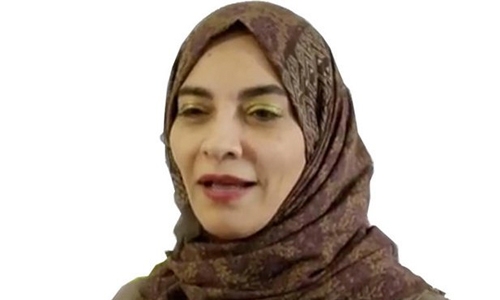Saudi researcher wins $3.5m in defamation suit
Boston : A jury in Boston ordered the payment of $3.5 million to visiting Saudi researcher at Harvard University.
Hayat Sindi had filed a defamation suit against a woman and her mother, who had publicly accused Sindi of forging her educational qualifications.
Sindi's lawyer said she filed the case against Samia Al-Musallimi and her mother Ann, 77, saying: “The daughter and her mother were engaged in a campaign to embarrass and humiliate her and destroy her by publicly spreading lies on the Internet, social media and e-mails.”
The comments made by Samia and her mother were lies, the lawyer said. He pointed out that with the decision, Sindi could resume her efforts to promote sciences and entrepreneurship among youths in the Middle East. He said that the work which researcher Sindi was doing derailed due to the accusations, which harmed her reputation.
Sindi is a Saudi researcher and inventor who had faced difficulties in Saudi Arabia and received her doctorate degree in biotechnology for electromagnetic and acoustic measurement tools from Cambridge University. She was selected as one of the 100 most powerful Arab women for the year 2015 by the Arabian Business magazine.
After getting her doctorate degree, Sindi set up her own company for research in sensor technology. She moved very fast, despite being young, and reached Harvard University as a visiting researcher working at a major laboratory from where many important discoveries and healing medicines have emerged.
At the George Whiteside Lab, the Saudi researcher, with the lab’s scientific team, came out with an innovation described as having the ability to change the human life.
On the basis of this, she established a non-profit company with the university to operationalize this innovation known as “Diagnostics for All.” It can be described as a kind of sensor made of paper.
It doesn’t cost more than a cent and is easy to use and carry. It can help a human being anywhere, particularly poor people who cannot reach a doctor or hospital.
It can indicate the diseases and monitor their health, replacing heavy and large diagnostic machines.
It is expected that every year. this innovation could save the lives of 4-5 five million people, suffering from malaria, tuberculosis, hepatitis and water pollution.
Related Posts

